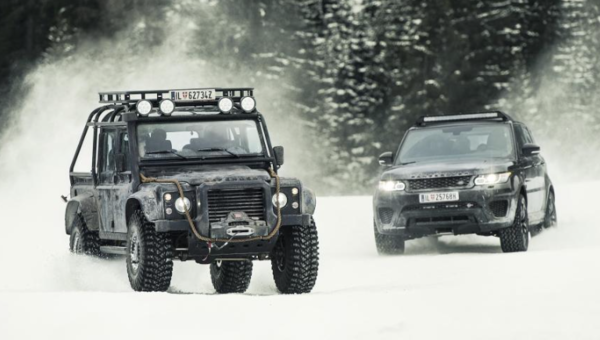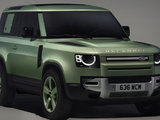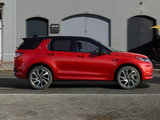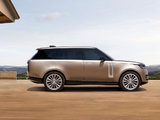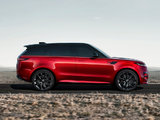January 09 2023, Claire Wyant
Land Rovers in Film, Television, and Music Videos
THE PERFECT SIDEKICK FOR 007: If Land Rover were a secret agent, it would undoubtedly be James Bond. Land Rover has been in the game for 70 years and still going strong – just like 007. Land Rover derivatives have appeared in seven of the many Bond movies. Could any other vehicle compete? The Land Rover Defender SVX featured in ‘Spectre’ was given an epic makeover, like Bond's ever-changing wardrobe. Land Rover may not require a martini (shaken, not stirred please) to celebrate its 70th anniversary - but we won't say no. And, Land Rover...
Read more



